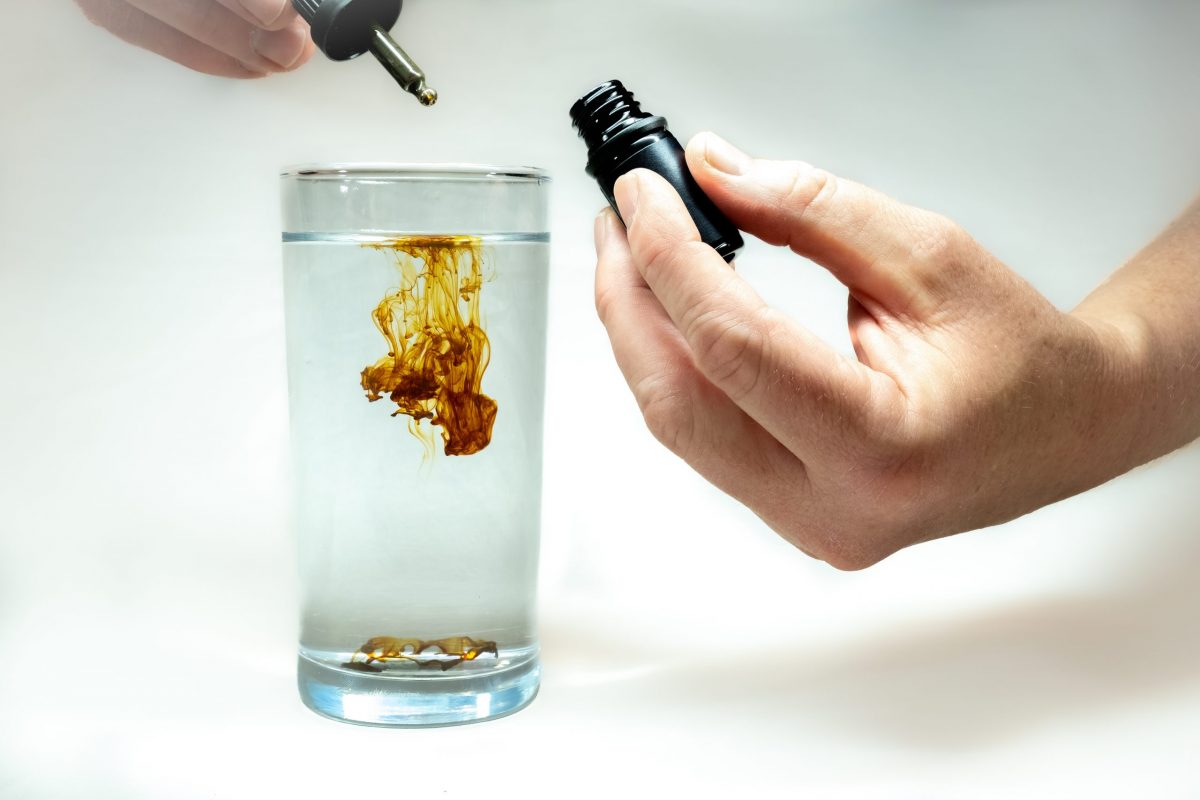From cold and flu to cancer, there is nothing that has not been claimed to be treated with colloidal silver. Yet, colloidal silver is controversial even though its treatment is widely acclaimed. What are the side effects and benefits of colloidal silver treatment?
For a long time, colloidal silver has been used as an alternative therapy. Treatment with colloidal silver has been used to address all types of infections, including those caused by fungi, bacteria, and viruses. Some colloidal silver enthusiasts have even claimed that this alternative therapy can even treat Lyme disease and HIV/AIDS. Well, the big question is, how true are these claims? Are there benefits of colloidal silver treatment? What are its side effects? Get the answer to these questions and man more by reading this article.
Understanding colloidal silver
Colloidal silver refers to the suspended silver particles in a liquid. Silver particles are small in size and even with liquid filtration, they would not all be removed. In fact, some silver particles are so small that they are called ‘nanoparticles.’ This means that the average size of the particles is less than 100nm and the particles are definitely not visible to the naked eye.
Even before the advent of modern medicine, colloidal silver was featuring in the medical field. Then, it would be used to treat all spectra of diseases, including viral, fungal, and bacterial. Today, colloidal silver is in the market for alternative treatment, with its enthusiasts even recommending it for the treatment of HIV/AIDS and Lyme disease. Colloidal treatment features in two forms; either as dietary supplements or cream that’s applied topically on the skin. The mode of action of colloidal silver depends on the percentage of silver in the colloidal silver, which then informs the strength and the potency of the therapy.
Colloidal silver treatment- how does it work?
Even with the many studies around colloidal silver, its mode of working has not been established. However, researchers theorize that the silver particles, once taken orally or applied in the wounds, release proteins and have them attached to the cell membranes of the bacterial cells. With this, the bacterial cells are vulnerable and easily have their DNA damages, and they die from suffocation and interrupted metabolic processes.
Studies suggest a large number of nanoparticles as opposed to a small number of large colloidal silver particles. This is because the small particles, having a larger surface area, are thought to have more efficacy since they are more absorbed. Thus, small colloidal silver particles are assumed to be stronger and more potent. Silver ions are of great help in colloidal silver therapy. They are bioactive and when they come into contact with moisture, they get absorbed and start acting. If you choose to try colloidal silver treatment, be cautious since the products have not undergone standardization, and thus the handling practices and processing are not controlled, predisposing the users to serious side effects.
Colloidal silver- potential benefits
Colloidal silver enthusiasts boast of this form of treatment and claim that it has antifungal, antibacterial, and antiviral properties which it owes its many health benefits.
i. Antibacterial
When antibiotics had not featured in the market, colloidal silver was being used for antibacterial properties. And true to it, different test-tube studies have shown that colloidal silver can damage the DNA of bacterial cells and kill them because of this ability, the medical care industry is now popularizing it and using it on wound dressings, creams, and medical equipment. However, colloidal silver contains silver, a potentially dangerous substance. Therefore, its safety has not been tested for ingestion. That said, the antibacterial properties when colloidal silver is ingested have not been put to test.
ii. Antiviral
Colloidal silver enthusiasts claim that this alternative therapy has antiviral properties. Yet, different studies have shown that colloidal silver can indeed exhibit antiviral properties. This, however, depends on the various particles and the number of silver particles, with the nanoparticles being more effective. Still, some studies have revealed different results, even showing that colloidal silver’s antiviral properties may be ineffective. Even with test-tube studies, some studies show that colloidal silver has not been able to kill viruses. Studies have not examined whether colloidal silver would exhibit antiviral properties in humans, hence its use on people for antiviral properties is discouraged.
iii. Antifungal
Some people claim that colloidal silver therapy can be effective for antifungal infection management. In test-tube experiments, colloidal silver has been able to prevent the progression of particular strains of fungi. Still, it’ good to remember that the lab has many factors that can massively kill fungi. Thus, it can be said that it’s the colloidal silver that definitely killed the fungi. At the moment, using colloidal silver for antifungal properties would not be a good idea. This is especially because studies have not examined its effect with topical application as well as ingestion. Thus, its safety and efficacy for both cases cannot be accurately pinpointed.
Side effects of colloidal silver therapy
The air we breathe, the food we eat, the environment we live in, and the water we drink all have small amounts of silver. Although silver is considered a generally dangerous substance, it exists in the different stated forms in compounds, which are generally thought to be safe. However, ingestion of colloidal silver is thought to be quite dangerous. One of the major complications that could be associated with silver ingestion is argyria. This is a condition characterized by the skin turning blue-gray due to the long-term accumulation of silver in the body organs such as kidneys, liver, and intestines. While the accurate measure of time and dosage needed for argyria to develop still remain unknown, researchers are concerned that ingesting colloidal silver could ultimately lead to the silver build-up, risking argyria. The effect of nanoparticles is also unknown, but might lead to argyria when ingested or absorbed to the body and brain through the wounds. If you have to try colloidal silver, topical application may sound ideal, but not very safe still.
Conclusion
Colloidal silver has been in the market as an alternative therapy for long. It varies in composition and so will its strength and potency. Because colloidal silver has not been standardized and its effects remain to be potentially dangerous, you may have to avoid the risks by completely avoiding this form of treatment.
- Missionary Position – Least Likely To Bring You To Climax - April 7, 2023
- Vibrators could put you in Jail - March 31, 2023
- Ball Gag Bondage - March 29, 2023






